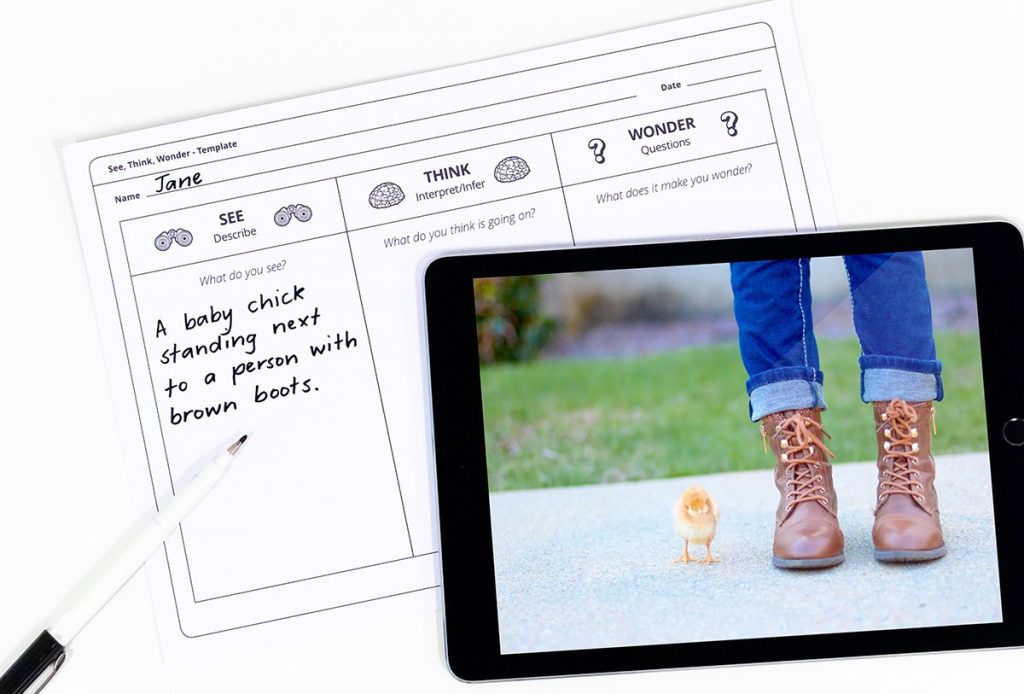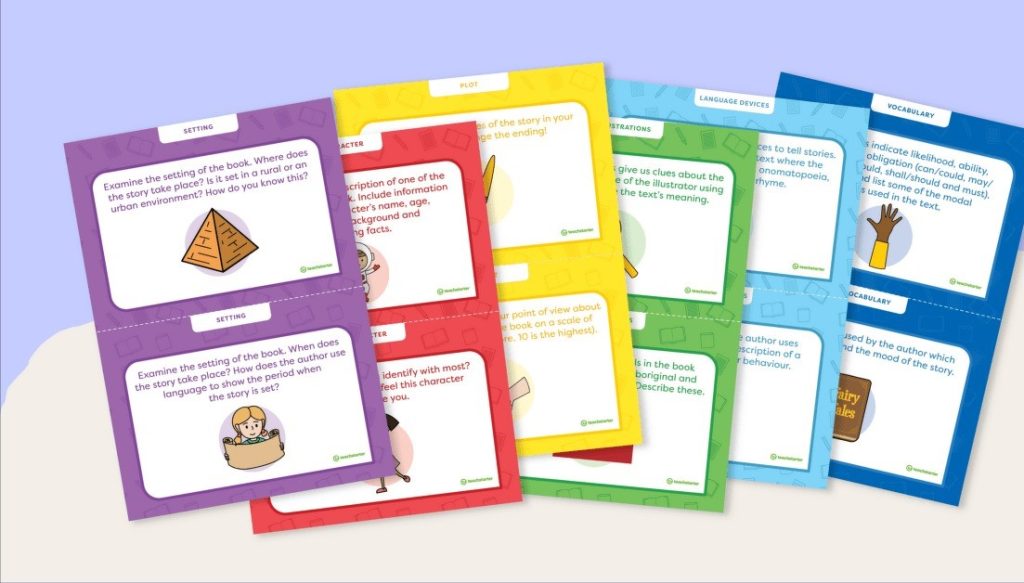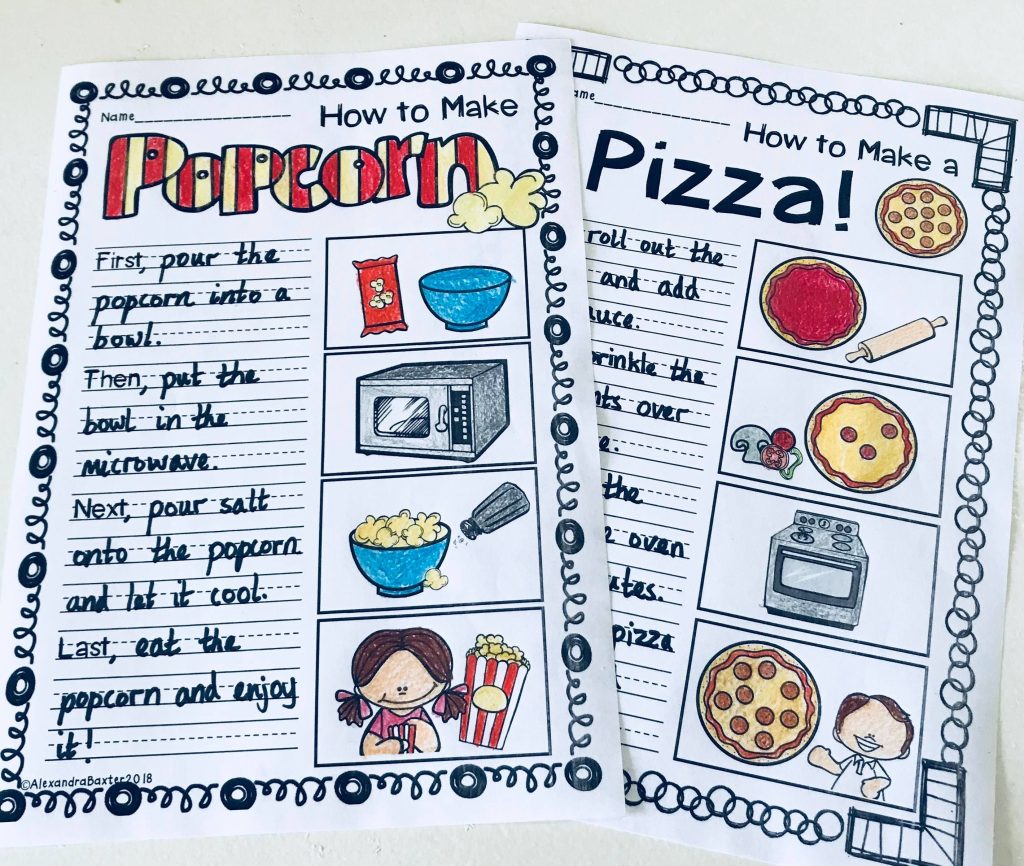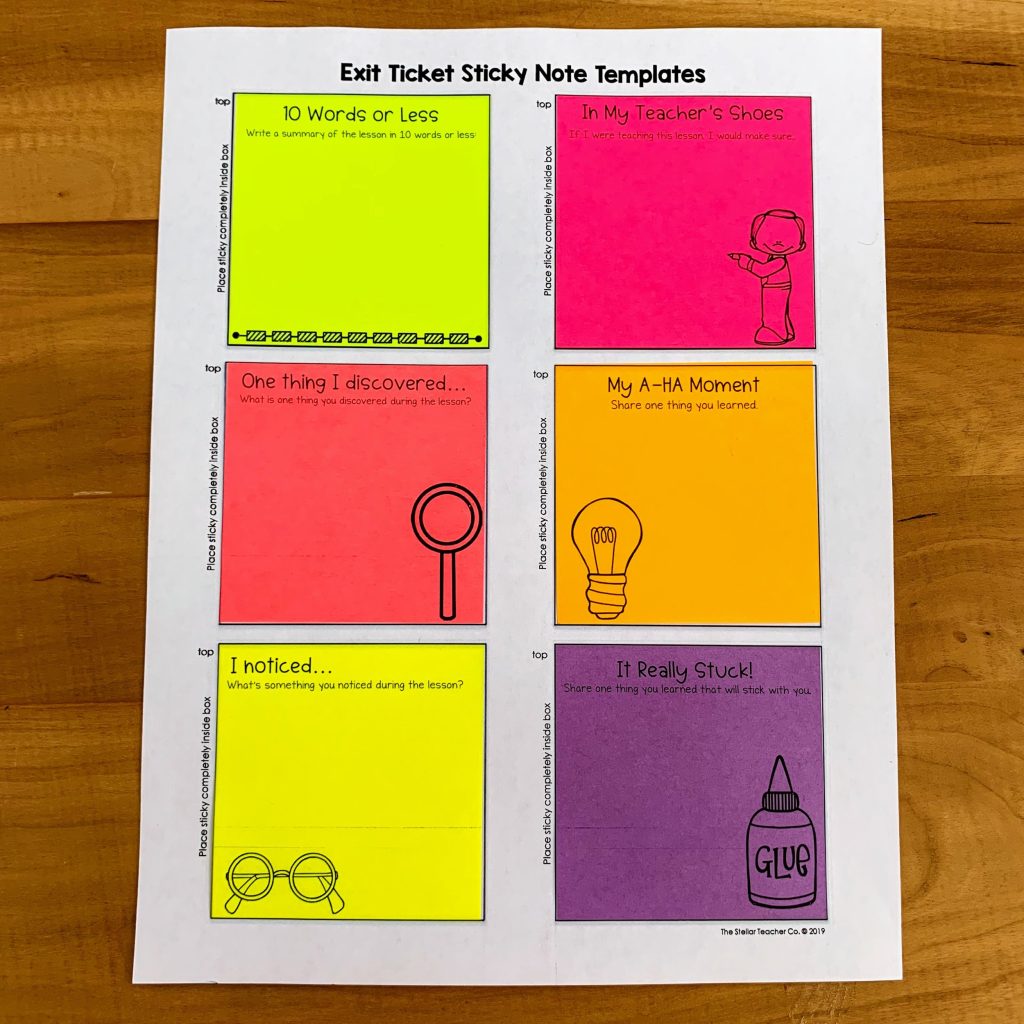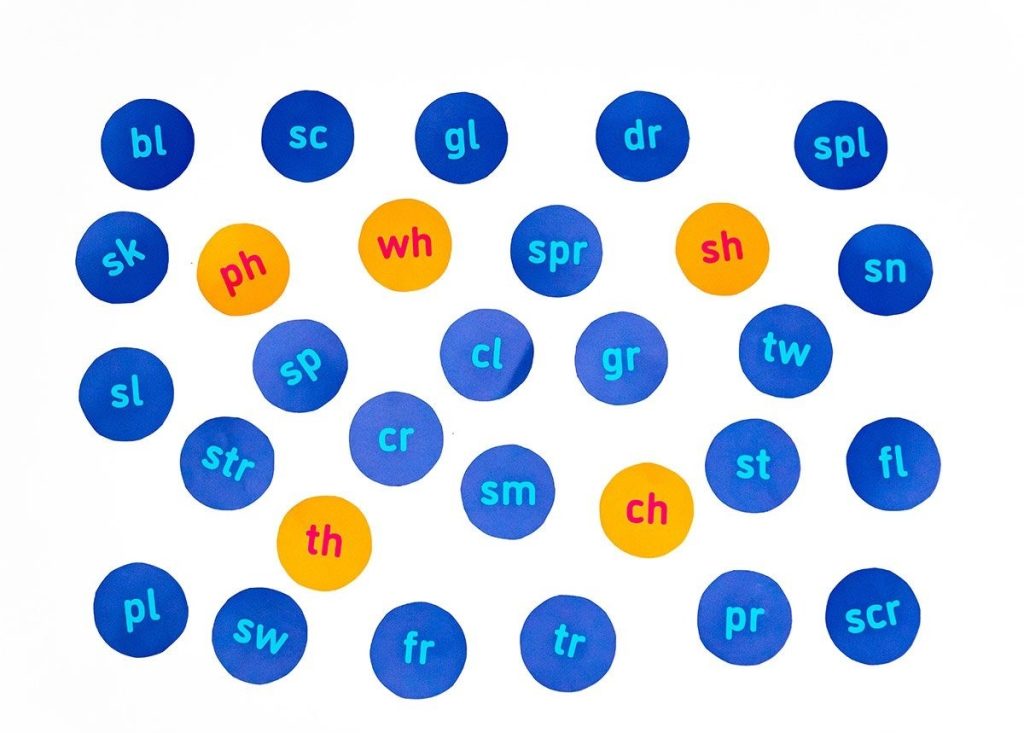Dice games can be a fantastic tool for teachers looking to incorporate fun and educational activities into their classrooms. With the simplicity of dice and the vast array of games that can be designed around them, they offer an engaging way to reinforce learning across a variety of subjects.
For mathematics, dice are an excellent resource for teaching probability, addition, subtraction, and even more complex operations like multiplication. One simple game is ‘Roll for the Sum’, where students roll two dice and quickly add up the numbers. Teachers can adapt the complexity by including more dice or changing the mathematical operation. ‘Multiplication Bingo’ can also excite children; each student has a bingo card filled with products and rolls dice to multiply together, marking off resulting numbers on their card.
In language arts, ‘Story Dice’ can help with creative writing. Each side of a die features a different image or word, encouraging students to weave a story based on the rolled results. This stimulates imagination and can be played individually or as a group.
Social studies classes can benefit from ‘Historical Figures Dice.’ Each die represents different aspects like time periods, contributions, or societal impacts. When rolled together, students could make connections between different historical figures or events.
For science instruction, dice games can simulate scientific phenomena or model experimental probability. For instance, a game named ‘Ecosystem Dice’ could help students understand biodiversity; each roll determines which species thrive or face challenges in an ecosystem simulation.
Moreover, dice games promote soft skills such as strategic thinking, collaboration, and sportsmanship. In inclusive classrooms where diverse learning needs are present, dice games provide tactile learning opportunities that aren’t overly reliant on reading or writing skills.
It’s important for teachers to ensure that games align with educational goals and not just serve as entertainment. The simplicity of dice, however, means they can easily be incorporated into lesson plans across the curriculum while maintaining an element of fun that keeps students engaged and eager to learn.



